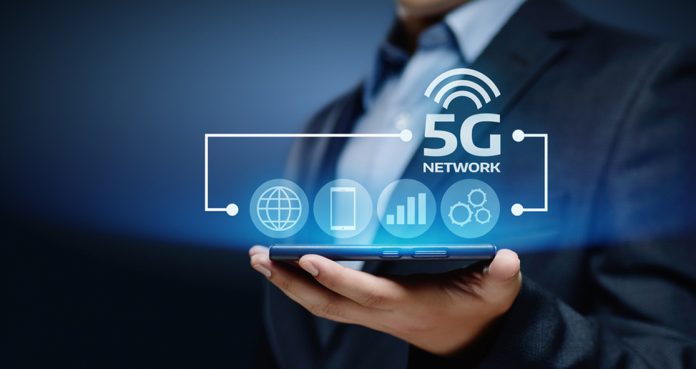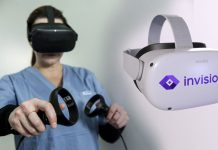In some UK cities, the 5G mobile network has been switched on, leading to queries whether the new technology carries health risks or not.
We are already surrounded by electromagnetic radiation all the time, which is emitted from television to radio signals, from a whole range of new mobile phones to natural sources such as sunlight.
When compared with earlier networks, 5G uses higher frequency waves, allowing more devices to have internet access at faster speeds. So, 5G requires more transmitter masts than previous technologies, which is positioned closer to the ground level.
The electromagnetic radiations emitted by all the network operators and mobile phone technologies have led many people to worry about potential health risks, including certain types of cancer.
In 2014, the World Health Organization (WHO) said, “No adverse health effects have been established as being caused by mobile phone use.” However, along with the International Agency for Research on Cancer (IARC), the WHO has categorized all radio frequency radiation under “possibly carcinogenic” because “there is evidence that falls short of being conclusive that exposure may cause cancer in humans.”
In 2018, a toxicology report released by the U.S. Department of Health found that male rats who were exposed to higher doses of radio frequency radiation developed a type of malignant tumor in the heart. Surprisingly, no cancer link was found in the female rats.
The lead author of the study said, “Exposures used in the studies cannot be compared directly to the exposure that humans experience when using a cell phone, even for heavy users.”
Physicist and cancer researcher Dr. David Robert Grimes said, “The radio wave band used for mobile phone networks is non-ionizing, which means it lacks sufficient energy to break apart DNA and cause cellular damage.”
There could be a potential risk of health issues if the electromagnetic spectrum is well beyond the frequencies emitted by mobile phones.
Even the sunlight that emits ultraviolet (UV) rays fall under the category “possibly carcinogenic” and can lead to melanoma, a type of skin cancer.
Dr. Grimes said, “People are understandably concerned over whether they might elevate their risk of cancer, but it’s crucial to note that radio waves are far less energetic than even the visible light we experience every day.”
The physicist explained, “There is no reputable evidence that mobile phones or wireless networks have caused us health problems.”
According to international guidelines, part of the 5G spectrum falls within the microwave band. Microwaves generate heat in objects.
Prof. Rodney Croft, an adviser to the International Commission on Non-Ionizing Radiation Protection (ICNIRP), said, “However, at the levels used for 5G, the heating effects are not harmful. The maximum radio frequency level that someone in the community could be exposed to from 5G is so small that no temperature rise has been observed to date.”
The UK government said, “While a small increase in overall exposure to radio waves is possible when 5G is added to the existing network, the overall exposure is expected to remain low.”
“The exposure that 5G will produce has been considered in great depth by ICNIRP, with the restrictions set well below the lowest level of 5G-related radio frequency that has been shown to cause harm,” said Prof. Croft. The WHO said, “Electromagnetic frequency exposures below the limits recommended in the ICNIRP guidelines do not appear to have any known consequence on health.”






















